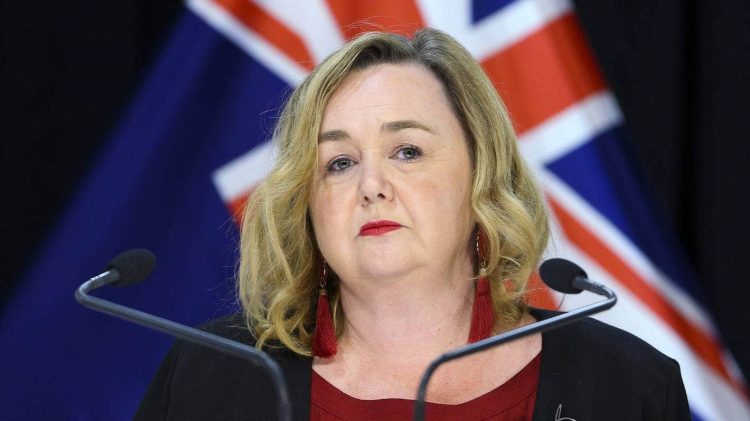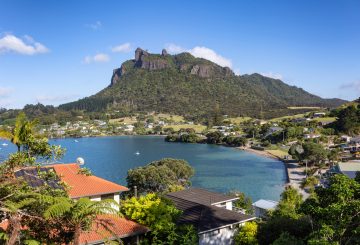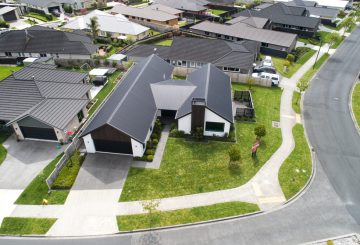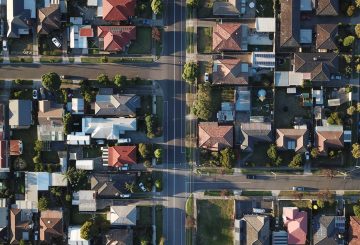Property managers will soon need to be registered, trained, and licensed under new rules released by the government.
The public will also be consulted on new rules regarding methamphetamine residue levels and if tenancies can be terminated if a property is determined to be unsafe.
Housing Minister Megan Woods announced the new rules on Tuesday.
“Nearly 600,000 households rent in New Zealand and these measures will result in regulated oversight of residential property managers, science-based rules on meth residue testing and a reprieve for landlords in meeting a compliance deadline,” Woods said.
“The government aims to ensure every New Zealander has a warm, dry, and safe place to call home, regardless of whether they own or rent. These initiatives build on the important work we’ve already done in the rental sector which all ultimately serve to improve the lives and outcomes of renting New Zealanders and their whānau.”
Landlords will have one year to get their rentals up to the ‘healthy homes’ standard (a set of regulations released in 2019 that set minimum standards for heating, insulation and moisture). This includes community housing providers, such as government-owned Kāinga Ora.
Woods also said that complaints about property managers would be directed through a new centralised system.
“This means that like many other professions such as real estate agents, builders and lawyers, they will have conduct and competency standards to abide by and if they don’t, they can be held to account,” she said.
Regarding the new methamphetamine testing rules, Woods said the public would be consulted on what an acceptable level of methamphetamine residue was.
“Currently there are two levels used – neither of which are legally binding – which create uncertainty for landlords and tenants,” she said.
“We have proposals that are informed by science, on screening, testing, and decontamination, with clear obligations for landlords.
“It makes sense to be pragmatic as most landlords are genuinely trying to comply with their obligations but are at risk of breaching them because of issues outside of their control.”






















































-660x440.jpg)